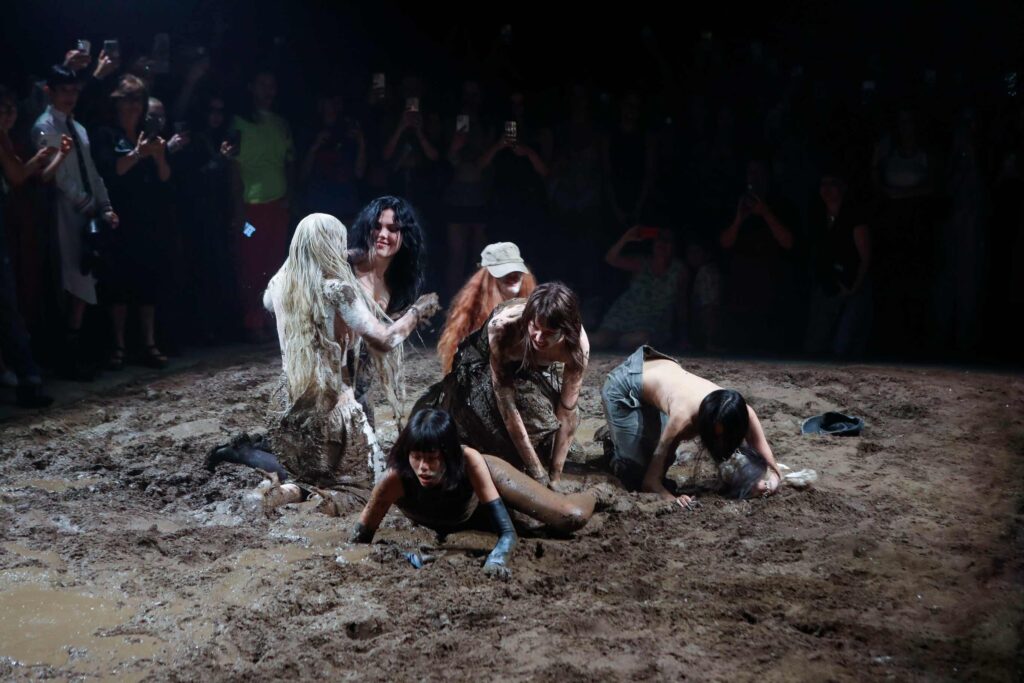
"There's a reason we're forever chasing the perfect white T-shirt. It never goes out of style and flatters just about everyone, until one stubborn sweat stain banishes it to the back of the drawer. It's a classic that doesn't last. And yet, those underarm half-moons can be strangely erotic, romantic, even political. For the designers in Dirty Looks, the Barbican's brilliant new show, such small confessions of the body offer"
"Here are clothes caked in grime, blotted with makeup, stiffened by salt, pieced from trash, frayed, and faded. The garments span decades, from the 1980s through the mid-2000s, when the likes of Vivienne Westwood and Jean Paul Gaultier built their fame on defying convention, to today, when corporatization has made such daring increasingly rare. But forgoing practicality frees certain designers"
Dirty Looks foregrounds garments marked by grime, wear, and imperfection as signals of authenticity and alternative beauty. "Dirty" encompasses clothes caked in grime, blotted with makeup, stiffened by salt, pieced from trash, frayed, and faded. The display spans from the 1980s through the mid-2000s, noting designers such as Vivienne Westwood and Jean Paul Gaultier who built reputations by defying convention. Forgoing practicality can free designers from norms that police the body; Di Petsa pairs distressed low-rise jeans with a tank printed likening bodily fluids to holy water. The industry’s mercenary, appropriative impulses and tendency to co-opt subculture produce moments both questionable and unforgettable, exemplified by John Galliano's 2000 "Hobo Chic" collection for Christian Dior.
Read at Documentjournal
Unable to calculate read time
Collection
[
|
...
]